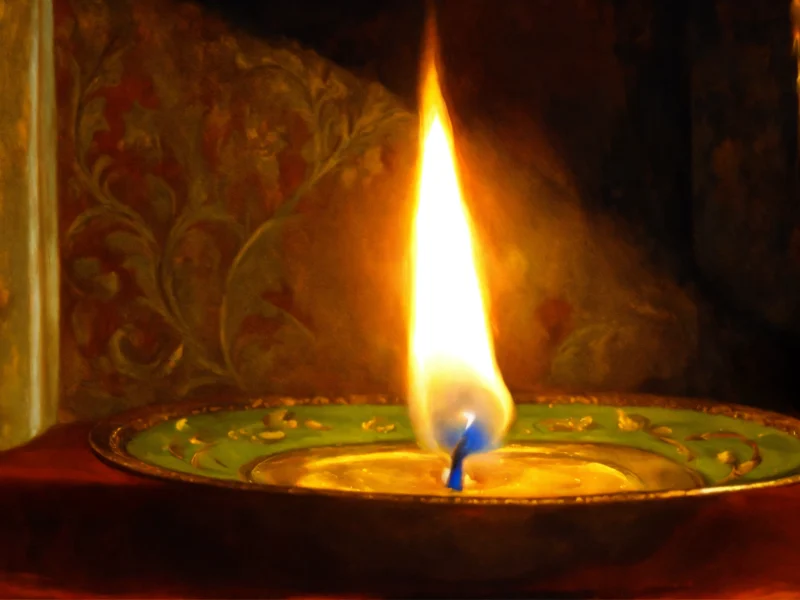The Shradhsh Ceremony
The Shradh Ceremony, also spelled as Shraddha, is a significant Hindu ritual observed to pay homage and offer respect to one’s deceased ancestors. It is a way of remembering and honoring those who have passed away, seeking their blessings, and ensuring their peaceful transition in the afterlife. The Shradh Ceremony is commonly performed by Hindu families, especially during specific periods like Pitru Paksha and on death anniversaries.
Here is a detailed explanation of the Shradh Ceremony, including how to perform it, its significance, and ritual details:
Significance of Shradh:
- Honoring Ancestors: The primary purpose of the Shradh Ceremony is to honor and pay respects to one’s ancestors. It is believed that by performing this ritual, individuals can express gratitude for the lineage and blessings received from their forefathers.
- Soul Liberation: Hindus believe in the cycle of birth, death, and rebirth (samsara) and that the souls of the deceased continue this cycle until they attain liberation (moksha). Shradh rituals are performed to help the departed souls find peace and progress on their spiritual journey.
- Karmic Balance: The performance of Shradh is seen as a way to repay any ancestral debts (rinas) that the living may owe to their ancestors. It is believed that fulfilling these obligations can help maintain harmony in the family and spiritual progress for both the living and the deceased.
How to Perform the Shradh Ceremony:
Performing the Shradh Ceremony involves several steps and specific rituals. While there may be variations in the details based on regional and family traditions, the core elements remain similar:
- Select an Auspicious Date: The Shradh Ceremony is typically performed on the death anniversary (tithi) of the departed individual. It’s essential to consult a Hindu calendar to determine the appropriate date.
- Purification: Before the ritual, the performer (usually the eldest son or a designated family member) cleanses themselves by taking a purifying bath and wearing clean, traditional attire.
- Setting Up the Ritual Area: A clean and sanctified space is prepared, often in the family home or near a holy river. A small altar or platform is decorated with flowers and leaves.
- Invocation of Ancestors: The ceremony begins with the chanting of specific mantras and the invocation of ancestors, seeking their presence and blessings.
- Offerings: Offerings are made to the departed souls, including water, milk, yogurt, honey, ghee (clarified butter), and various food items. The food is typically vegetarian and may include rice, lentils, vegetables, sweets, and fruits.
- Tarpana: Tarpana involves offering water to ancestors. The performer uses black sesame seeds, barley, and water to create the offerings, which are poured out while facing south. This is done while reciting mantras.
- Pinda Daan: Pinda Daan involves making rice balls mixed with sesame seeds and offering them to the ancestors. Each rice ball represents an ancestor; specific mantras are chanted during this ritual.
- Feeding the Brahmins or Priests: After the offerings are made, Brahmins or priests are invited to partake in the prepared food as a symbolic way of receiving blessings from the ancestors.
- Seeking Blessings: The performer seeks the blessings of the ancestors by touching the feet of the elders present and receiving their blessings in return.
- Charity: It is common to perform acts of charity on the day of the Shradh Ceremony by giving alms to the poor and needy.
- Concluding the Ritual: The ceremony is concluded with prayers for the well-being of the family and the peaceful progress of the departed souls. It is customary for family members to share the prepared food as a way of receiving blessings from their ancestors.
The Shradh Ceremony is a deeply rooted tradition in Hindu culture, emphasizing the importance of maintaining a connection with one’s ancestors and seeking their blessings and liberation. It serves as a reminder of the interconnectedness of generations and the enduring respect and love for those who have passed away.


